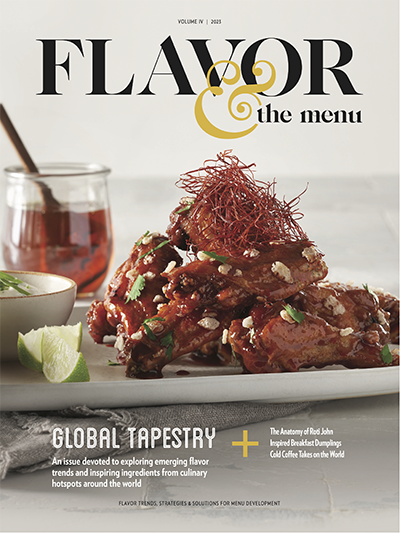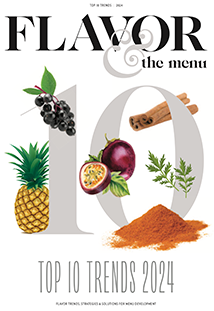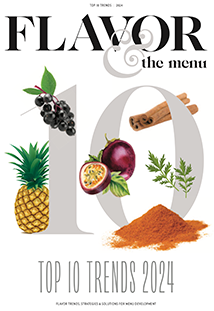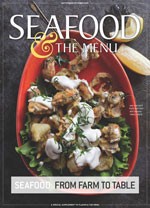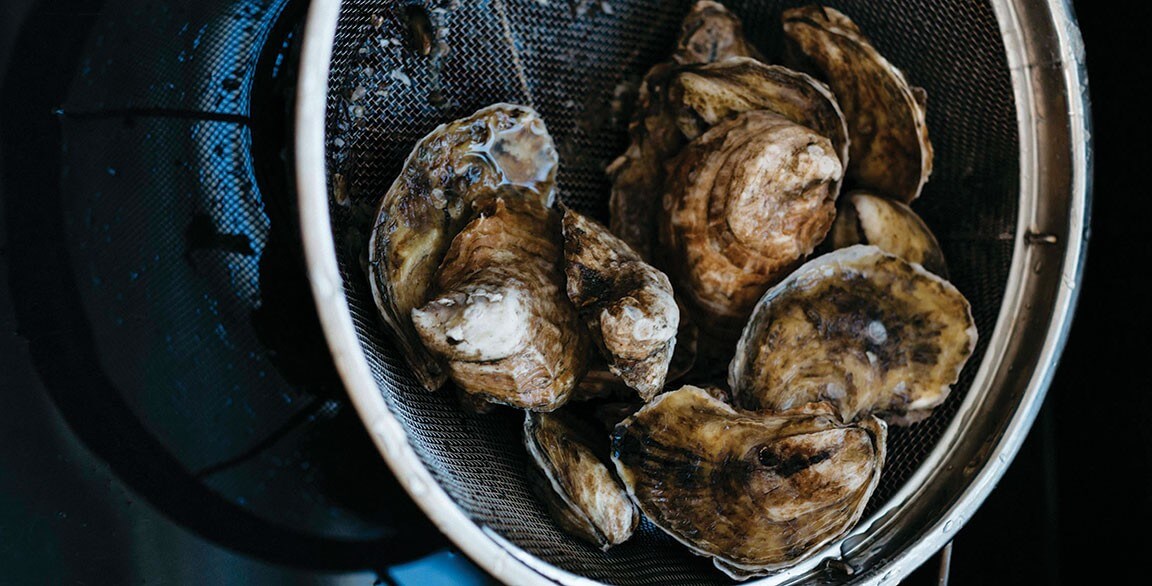
The history of the oyster in America began long before it was America. Native populations ate vast quantities of them as evidenced by shell middens found lining the coasts. The incredible bounty of oysters continued to be a part of the country’s diet, serving both the poor and the rich alike.
Not only were they featured in the early temples of American haute cuisine such as the Waldorf Astoria hotel, but they were also consumed by the masses in lunch rooms and penny oyster bars that lined the streets of many working-class neighborhoods. Into the early 1900s, Americans ate almost 7 pounds of oysters per person every year.
But the incredible bounty was not to last. Disease, increased efficiency of fishing and a growing population of eaters doomed wild oysters to collapse. One area after another was depleted, beginning in Long Island Sound and moving south into the Chesapeake, Florida, the Gulf Coast and into the Pacific, as the ravenous industry demanded ever more. Ultimately, wild oyster populations crashed to just a tiny fraction of their historic levels and have not much recovered since.
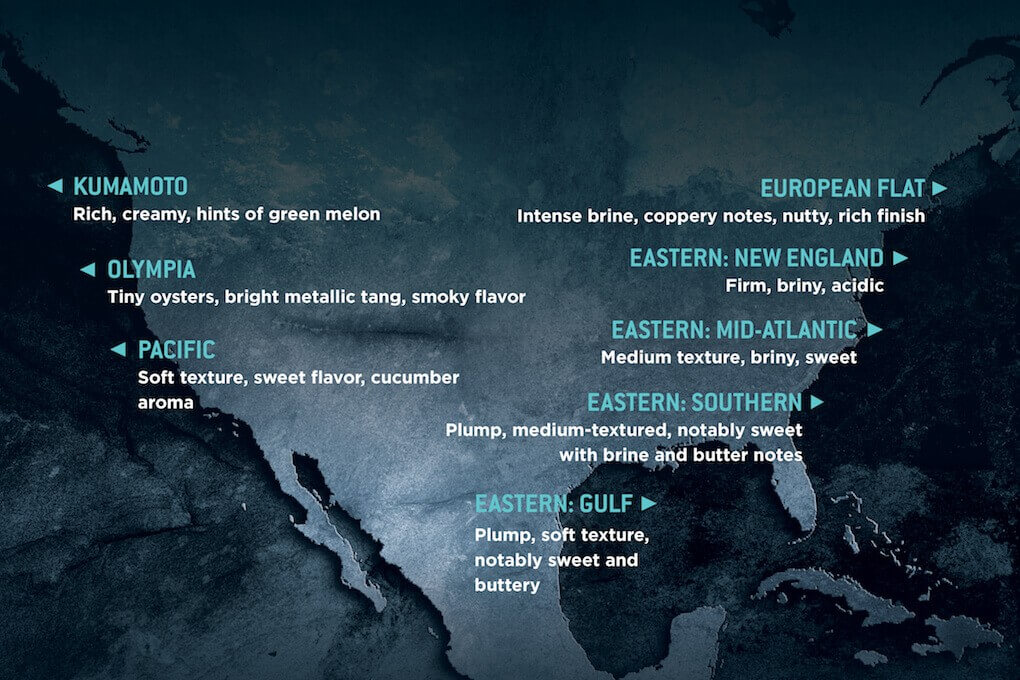
Oysters are farmed along all coasts, from Maine to Alaska. There are five species grown in our waters: Eastern (Crassostrea virginica), European flat (Ostrea edulis), Pacific (Crassostrea gigas), Olympia (Ostrea lurida), and Kumamoto (Crassostrea sikamea).
Only the Eastern and European flat are grown in the Atlantic while all five species are grown in the Pacific. All oysters can exhibit a range of flavors and textures depending on their origin. This is a general overview of typical characteristics of each species:
Enter oyster farming. Now providing more than 90 percent of the oysters we consume in this country, the mariculture industry (including clams, mussels and scallops) represents the largest single sector of aquaculture in the United States. It is an industry largely comprised of passionate, small-scale growers who operate in every coastal region from Maine to Alaska.
It’s rare you’ll meet anyone as dedicated to craft and community as an oyster farmer. There’s just something about oysters that connects people to place as stewards and champions of their environment. And there are few foods that represent their environment better than the oyster.
Much like wine, an oyster is the product of its appellation. The tides, temperature, salinity of the water and the variety of food they sieve from it all determine the culinary qualities that we as chefs are so fortunate to serve.
But in much the same way that the environment determines the qualities of an oyster, the oyster determines the quality of its environment. They are what’s known as a keystone species, meaning that the intricate interrelationships of an ecosystem are significantly supported by the presence of the oyster.
They filter the water of plankton, thus upcycling nutrients that in excess can wreak havoc on the environment. This filtered water allows for greater light penetration so sunlight reaches farther down to nourish aquatic plants. Both these plants and oysters themselves provide an essential habitat for just about every other species that cohabitates the area.
It is our patriotic duty to eat as many farm-raised oysters—and clams, mussels and scallops—as we can.
Barton Seaver
In the absence of robust wild populations, farmed oysters provide this same foundation of health for our waters and fisheries. And they create jobs, keep fishing communities prospering, and provide a delicious celebration and stewardship of our coasts.
I go so far as to say that it is our patriotic duty to eat as many farm-raised oysters—and clams, mussels and scallops—as we can. In fact, it’s the only food that I recommend outright overconsumption of. For every oyster we eat, more will be planted and an industry that actively restores our environment will continue to grow. In essence, it’s environmentalism on the half shell with a splash of hot sauce and a cold beer. I’ll buy that.

